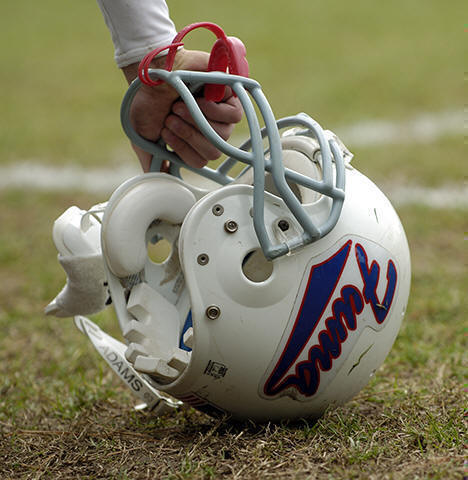We’re very excited for Ken Levinson, who again will be addressing a group of other trial lawyers on how to handle child injury cases. On Monday, September 29, 2014, Ken will be presenting at the Auto Litigation 3.0 conference hosted by the group 360 Advocacy. During the presentation, which is here in Chicago, Ken will share important insights that he has gained over his years representing children who have been injured in car or truck crashes.
Ken has previously presented to the American Association for Justice, as well as state associations of trial attorneys, offering his tips, stories, and wisdom to lawyers looking to improve their litigation strategy in child injury cases.
Ken’s next speaking engagement after the 360 Advocacy conference is for the members of the Ohio Association for Justice in October, 2014.




